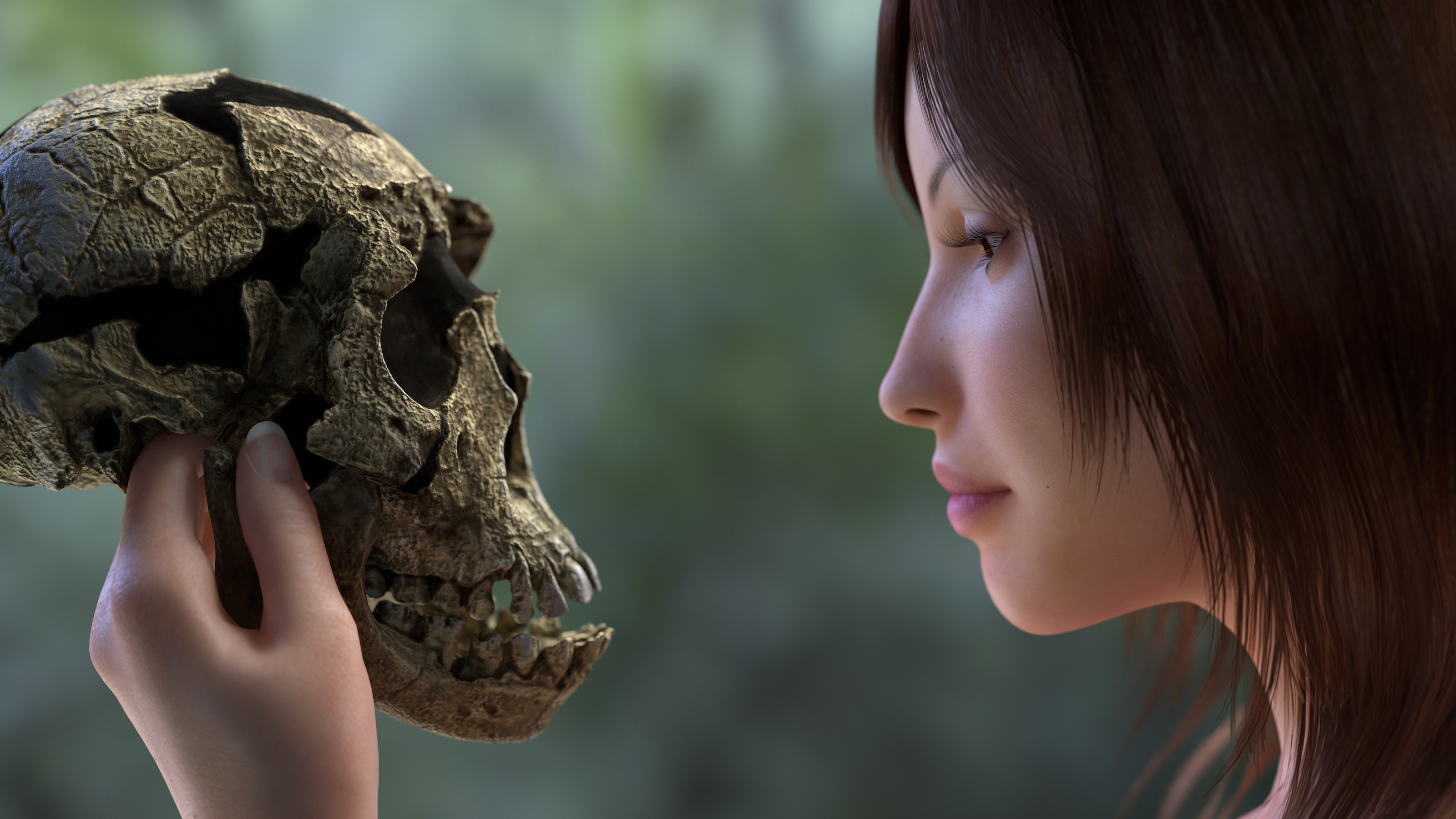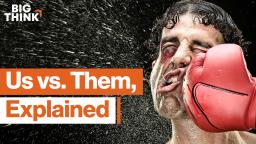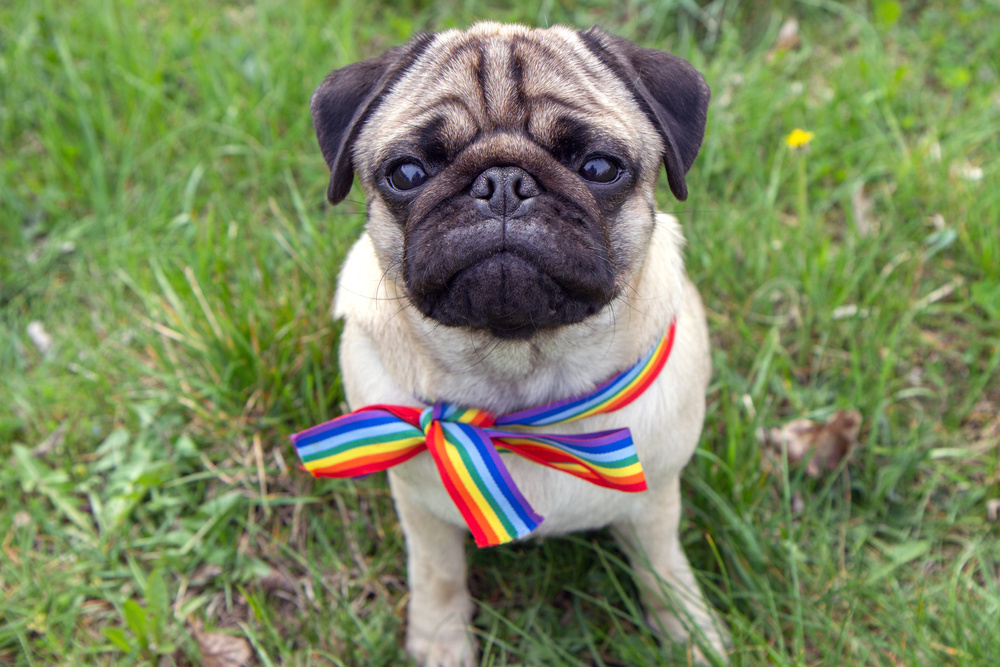Richard Prum: Diversity in sexual attraction found in people is a fundamental aspect of human biology, yet it's actually been poorly described or poorly theorized in previous evolutionary biology.
I don't know if people know so much about sociobiology specifically, but one way to get at that might be to talk about the definition of fitness and how that lead to certain views about the inevitability of adaptation as a strong force; The beauty happens theory is the idea that ornament evolves merely because it's attractive or beautiful. The beauty happens idea is contrasted with the more popular theory that comes from Alfred Russell Wallace about the evolution of ornament as a kind of practical indicator of mate quality.
The aesthetic view of evolution provides some really interesting insights into the evolution of human sexuality, and in particular human sexual diversity.
So individuals that are attracted to the same sex are frequently imagined to evolve because they provide help to their kin, that is, if there are some people in any social group that are non-reproductive because of their sexual preferences then they will be helping with raising of their nieces and nephews. This is sort of the "helpful uncle" hypothesis. The problem with that idea is that it should actually lead to a kind of asexual phenotype or an asexual behavior; it doesn't actually describe the evolution of sexual attraction itself.
Well the aesthetic view of evolution proposes that we should put subjective experience—that is, the nature of animal and human desire—at the center of our scientific explanation. So in order to explain same sex attraction in people we need to actually ask: how could same sex attraction actually evolve?
Well, in the book I propose that human same sex attraction evolved specifically because it contributed to female sexual autonomy or to the freedom of choice. What I mean by that is that in the case of female/female sexual relationships they could contribute to female alliances that could protect females from sexual coercion by male hierarchical groups. At the same time I propose that male/male sexual attraction could have evolved because any social situation in which males have multiple sexual outlets would have contributed to female freedom to move among individuals in that social system and to avoid coercion and sexual violence. This is a new aesthetic theory of the evolution of same-sex behavior in people, and I think it's one that deserves really serious consideration as we move forward.





